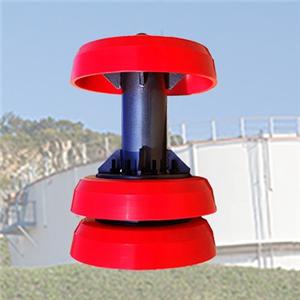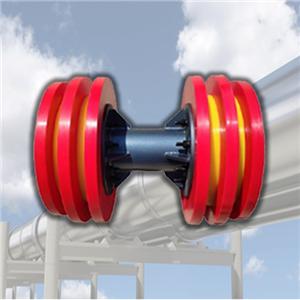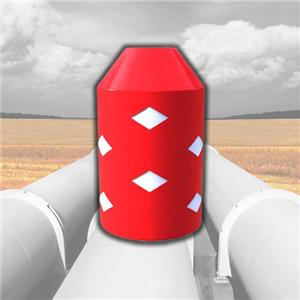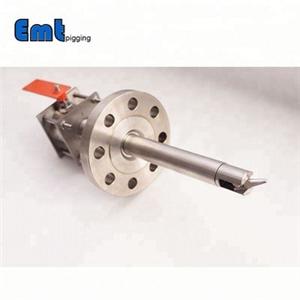Corrosion Probes!
Name | High-Pressure Corrosion Probes For Pipeline Testing | |
| Material | Stainless Steel 316、L DUPLEX SS | |
| Operating Temperature | -20~200℃ | |
| Feature | Firstly, easy to Operating | |
| Secondly, high Accuracy Long Life | ||
| At last, high-Efficiency Low cost | ||
| Payment | TT/LC | |
| Advantage | Firstly, they are lightweight and flexible. | |
| And then nice Injection efficiency. | ||
| At last, accurate location tracking. |
ER probe metal sensing elements are available in a variety of geometries, thicknesses, and materials. For example, it includes shapes such as coils, tube coils, sheet coils, cylinders, spirals, flat heads, and sheets.
Resistance probes are suitable for a wide range of applications. It has almost all corrosive media environments. Including gas phase, liquid phase, solid phase, and flowing particulate media. The Corrosion Probes signal feedback time is short, and the measurement is fast. It can timely reflect the corrosion of equipment and pipelines. This keeps the internal corrosion of equipment and piping under constant surveillance. Therefore, for severely corroded parts, this method is an indispensable monitoring method.
Corrosion Probes
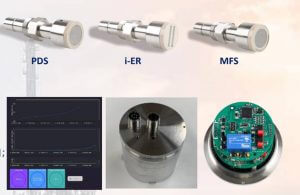
But due to instrument measurement resolution limitations. This makes the measured data more affected by changes in the corrosion rate of the process medium. Therefore, the measurement results sometimes have some deviation. For Corrosion Probes installed for the first time, it takes about 2 weeks to stabilize. Only then can it monitor reliable corrosion data. At the same time, the resistance probe method cannot measure the instantaneous corrosion rate. It is even less capable of monitoring localized corrosion rates. The smaller the thickness of the probe, the higher the sensitivity and the shorter the service life.
Generally, it is used in environments with extremely high precision requirements and relatively weak corrosiveness. When conductive substances (such as sulfide corrosion products) are attached to the surface of the component. It can lead to inaccurate measurements of corrosion rates. In drug evaluation, one cannot respond in a short time. Since the metal resistance is affected by temperature, the data of ordinary Corrosion Probes fluctuates greatly and is unstable due to the influence of temperature. Especially in areas with large temperature differences between morning and evening, such as oceans and desert areas, it is more obvious. Although temperature compensation samples were taken. However, the response of the compensation sample to temperature fluctuations lags behind that of the test sample. (especially rapid changes in temperature). This will also introduce errors in the measurement.
The Corrosion Probes monitoring system consists of a mount, a hollow cock, and a probe. Also extension rods, protective caps, data transmission lines, and data storage. It consists of a data collector and data processing software.
So if you have any other questions, please contact our professionals to answer them for you.

